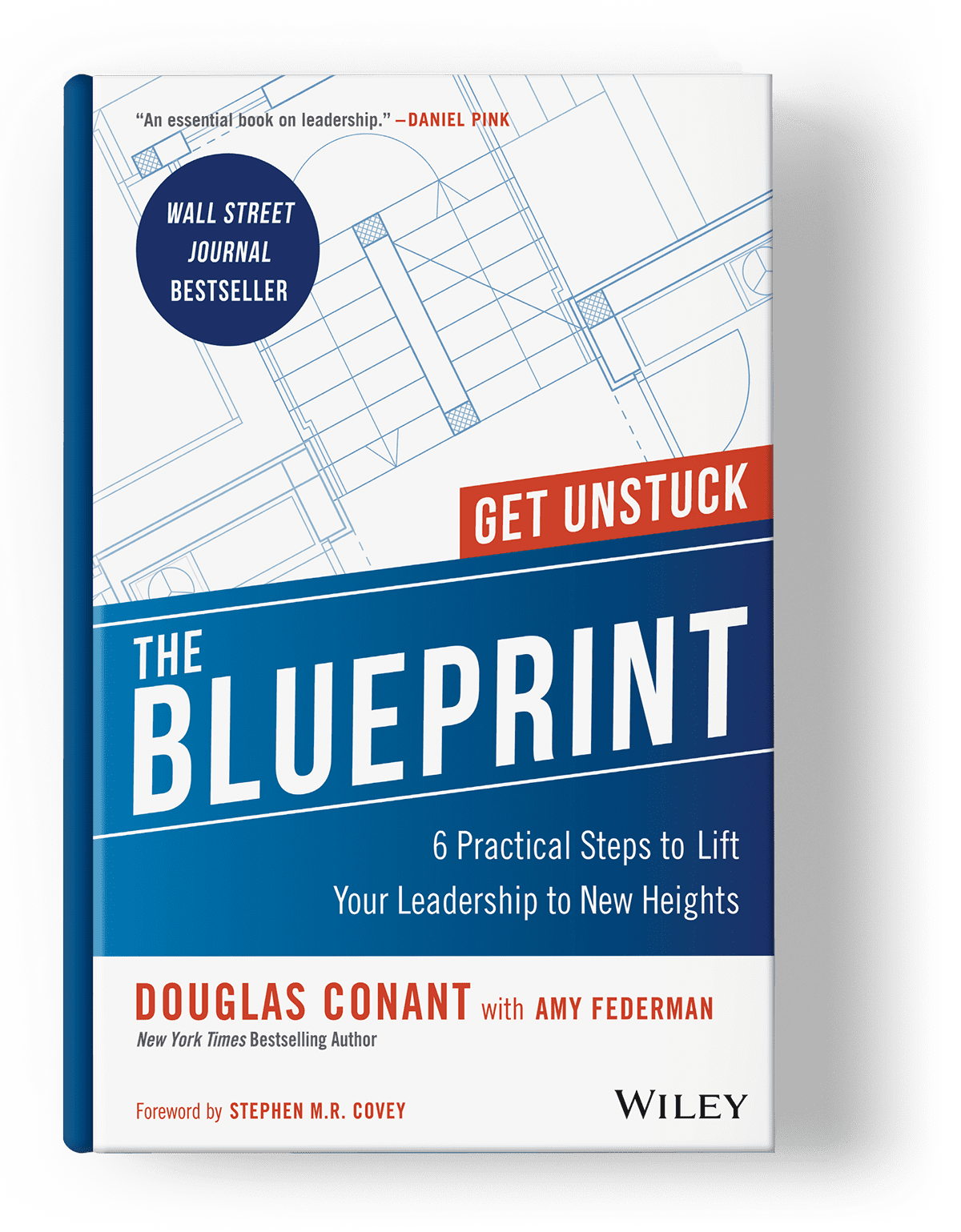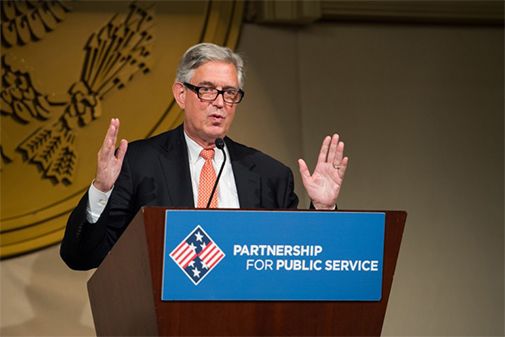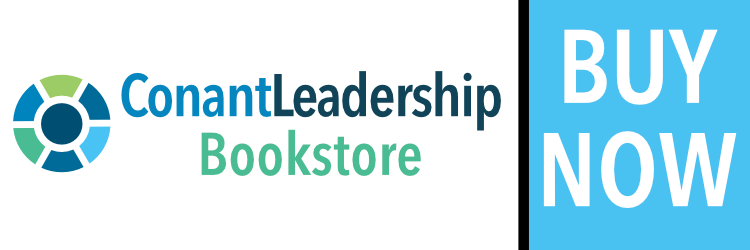Smart Leadership Links to Read Right Now
Today we dispatched the May edition of our Leadership That Works Newsletter, a curated digest of smart leadership links to read right now, sent at the end of each month. In this month’s smart leadership links to read right now: The power of compassion, how to lead change, building trust cross-culturally, and more. As always, we’re sharing the articles from our newsletter here in case you’re not subscribed to our mailing list. If you like what you see, you can sign up to receive our newsletter here.
Try Hiring Internally
Today, “only a third of American companies check whether their recruitment process produces good employees,” finds a survey by Wharton Management Professor, Peter Cappelli, as outlined in this interesting The Economist article. Since staff costs tend to be the highest expense at most companies, “this failure of monitoring is all the odder given the effort that companies expend on recruiting outside their ranks.” U.S. companies today fill the majority of annual vacancies with external hires. But Cappelli urges employers to consider the benefits in productivity and cost-saving that can be found from hiring internally and those reasons are outlined persuasively here.
Compassion Makes You Better at Your Job
A new book titled “Compassionomics” shows kind doctors—whom you might consider preferable if only because they are more pleasant—actually have significantly, and measurably, more positive patient outcomes. The key to these better outcomes, the book argues, is compassion. “When a physician is compassionate, patients heal better and faster, and the doctors are happier and less burned out,” says this Washington Post article that neatly summarizes the fascinating scientific case for compassionate care posited in the book. What’s more, “Research shows that physicians who are suffering from depersonalization’— thinking of patients as objects rather than human beings — are prone to making major medical errors.” These findings have implications for leadership, too. The more leaders view employees as full human beings and express concern for their specific situation, the better. Read the full article here to learn how you can identify a compassionate doctor (you’ll find these tips might help you to identify compassionate leaders, too).
**For more on the power of kindness, read Doug’s Leadership Lessons from a Near-Fatal Car Accident, where he observed the kindest nurses were the most competent.
3 Keys to Cross-Cultural Trust
Building trust is essential to leadership. Doing so can be challenging in a mono-cultural setting let alone in a cross-cultural context—but it is critical. “When individuals trust one another, they can work together effectively regardless of cultural differences,” write the authors of this Harvard Business Review post. To figure out the most effective ways to build cross-cultural trust, they held a focus group with over 400 managers and executives in America, Asia, Latin America, and the Middle East. From this large-scale global survey they identified three things the best leaders do worldwide to build trusting relationships cross-culturally. Explore the three key things here.
** For more on leading effectively across cultures, explore Doug’s collaboration with Jane Hyun, “3 Ways to Improve Cultural Fluency” here. And, for more on the power of trust, read Doug’s collaboration with Stephen M.R. Covey, “The Connection Between Employee Trust and Financial Performance” here.
Growth Has No Finish Line
“Growth is the only guarantee that tomorrow will be better.” writes John C. Maxwell in this thoughtful reflection on personal growth. “We must continually improve” writes Maxwell, but also remain wary of chasing perfection because, “perfection is a trap.” Perfection implies something attainable, a stopping point. But that’s not the way growth works. It is ongoing. Instead of thinking that growth has a “finish line”, it’s helpful to consider, “an ever-expanding finish line” that recognizes there will always be more to learn. Maxwell calls this mindset the “relentless pursuit of improvement” and he imparts three keys to this pursuit here.
Leading (Not Managing) Change
“Change leaders remember that they must focus on who is involved in changing as much as the change itself,” writes Kevin Eikenberry in this blog post on leading change. While “managing” change is often focused on steps and processes, “leading” change requires a firm focus on the human element, which requires its own set of skills. Kevin outlines four of these skills crucial to leading change effectively. The first? Learn to move beyond PowerPoint slides when communicating change, and “create a real conversation . . . to understand people’s concerns.” Explore all four skills here.
**For more on leading change, explore our resource, “3 Small Ways to Make Big Change” here.
Is Your Organization Agile? Can It Be?
Today, agility is “catching fire” because agile organizations can, ideally, embody a very desirable recipe for the digital age wherein they can, “combine velocity and adaptability with stability and efficiency,” explains this McKinsey deep-dive into creating the path towards agility. What’s the primary difference between agile and traditional organizations? “Traditional organizations are built around a static, siloed, structural hierarchy, whereas agile organizations are characterized as a network of teams operating in rapid learning and decision-making cycles.” Although there is growing acceptance of the transformational benefits of adapting an agile model, “moving to an agile operating model is tough, especially for established companies.” But it is doable with the right approach. McKinsey has found that any agile transformation must be “both comprehensive and iterative” and they outline the most current research and best practices for making your company more agile in their new white paper here.
Enjoyed these links? Check out our recent link roundups from April, March, and February. Explore our suite of leadership resources here. Or, join our mailing list here.
Ready to take your leadership to the next level this year? For a practical and transformational leadership experience that fits perfectly into your busy life, apply to attend one of our upcoming 2-day leadership Boot Camps, taught personally by our Founder, Doug Conant, the only former Fortune 500 CEO who is a NYT bestselling author, a Top 50 Leadership Innovator, a Top 100 Leadership Speaker, and a Top 100 Most Influential Author in the World. It’s 2 days of in-person training, a lifetime of results: conantleadership.com/bootcamp
(Photo by Plush Design Studio on Unsplash)

“Doug Conant is remarkable—and so is this work.“
– Stephen M. R. Covey
Author of The Speed of Trust

The Blueprint
6 Practical Steps to Lift Your Leadership to New Heights
By Douglas Conant with Amy Federman

Have Doug Speak at Your Event
Doug works collaboratively with event organizers to customize his material for each audience.




0 Comments